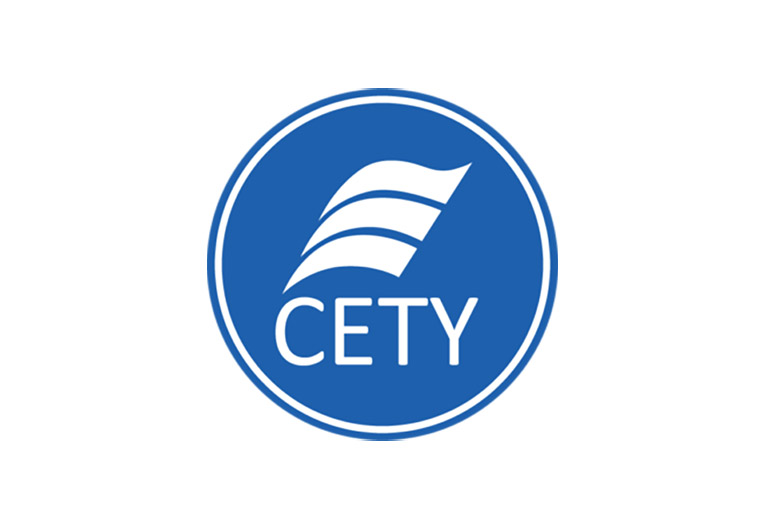Clean Energy Technologies, a low-carbon energy company, focusing on products and solutions in the energy efficiency and environmental sustainability market, announced this Friday it has partnered with the Environmental Protection Agency on its Landfill Methane Outreach Program (LMOP).
Firstly, the program works cooperatively with industry stakeholders and waste officials to reduce or avoid methane emissions from landfills. It seeks the recovery and beneficial use of biogas generated from organic municipal solid waste.
Moreover, the goal is for methane emissions from landfills to be reduced through developing cost-effective and environmentally friendly landfill gas (LFG) energy projects. Consequently, Clean Energy Technologies will utilize its resources toward the development of these LFG projects. The company will leverage financial, technical assistance; consulting services, and equipment.
Furthermore, the company’s responsibilities as a partner in the LMOP program include the creation of a corporate energy profile. This would detail current LFG energy project information. It would also lead to the opportunity for the company to incorporate LFG projects into its business model.
In addition, the development of the LFG projects includes activities such as the direct purchase of LFG energy; cooperation with important entities, including municipal governments or other customers, regarding mutually beneficial project development.
Also recommended for you: Clean Planet Energy to develop plastic-to-fuels plants in the US. Click here to read.
Clean Energy Technologies advancing US Methane pledge
About the matter, Kam Mahdi, CEO of CETY, said. “We take our role as a clean energy supplier very seriously and are proud to become a part of the LMOP program Industry Partnership.”
He also remarked. “Our increasing global footprint provides us with the unique opportunity to support multiple partners in helping to reach the goals of the Global Methane Pledge. We look forward to supporting this vital work and to helping multiple partners to help reduce methane emissions worldwide.”
On the other hand, the Global Methane Pledge, intended to reduce methane emissions by 30% by 2030, was a priority at the COP26 climate summit in Glasgow, Scotland. In fact, more than 90 global governments have signed the pledge. Particularly, the US government has also comprehensively proposed actions to address methane emissions from US gas and oil infrastructure.
Consequently, the EPA’s program fits perfectly under such framework, and LFG production comes as a new alternative for cleaner operations and economy. By capturing and using LFG, hazards and odors from the emissions can be reduced; it also prevents methane from reaching the atmosphere leading to smog and climate change.


